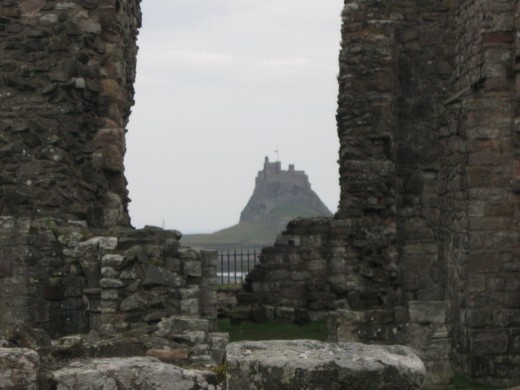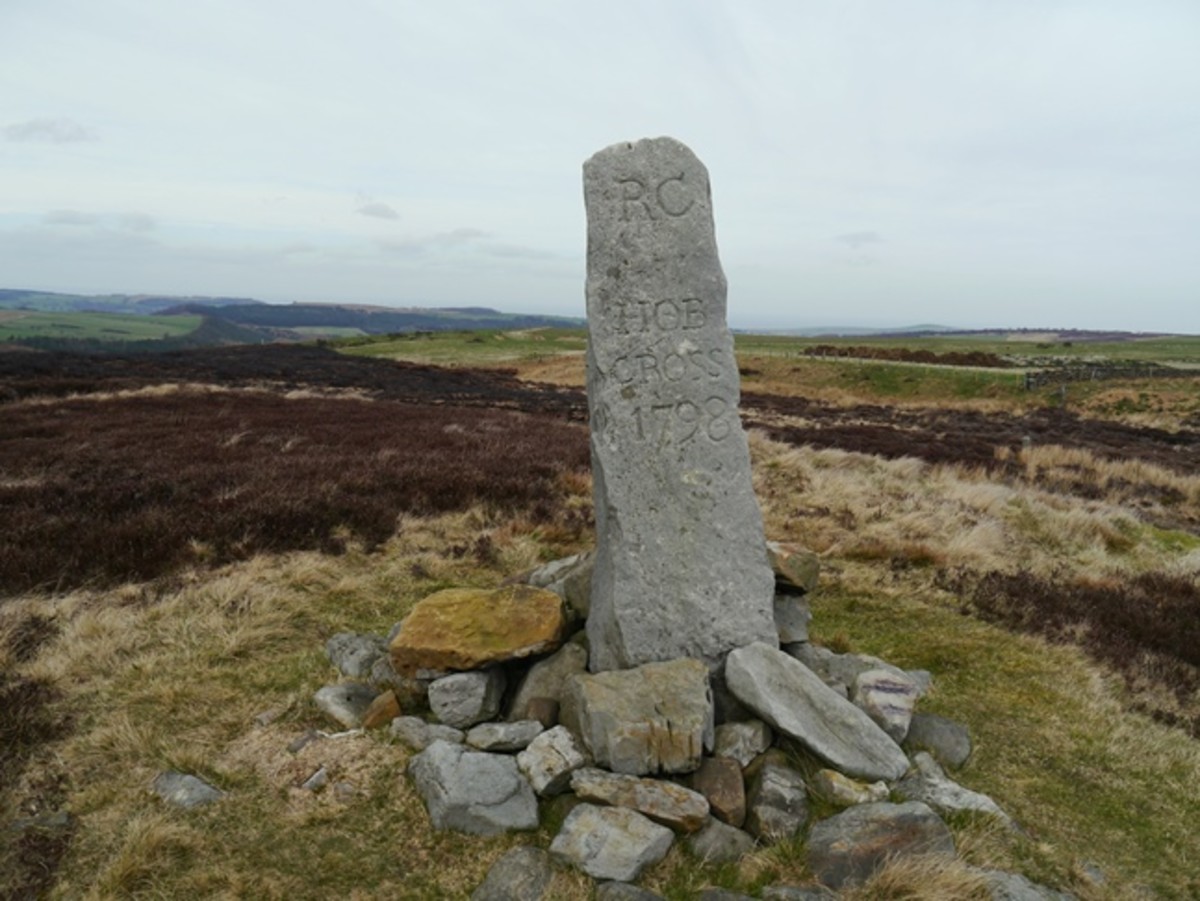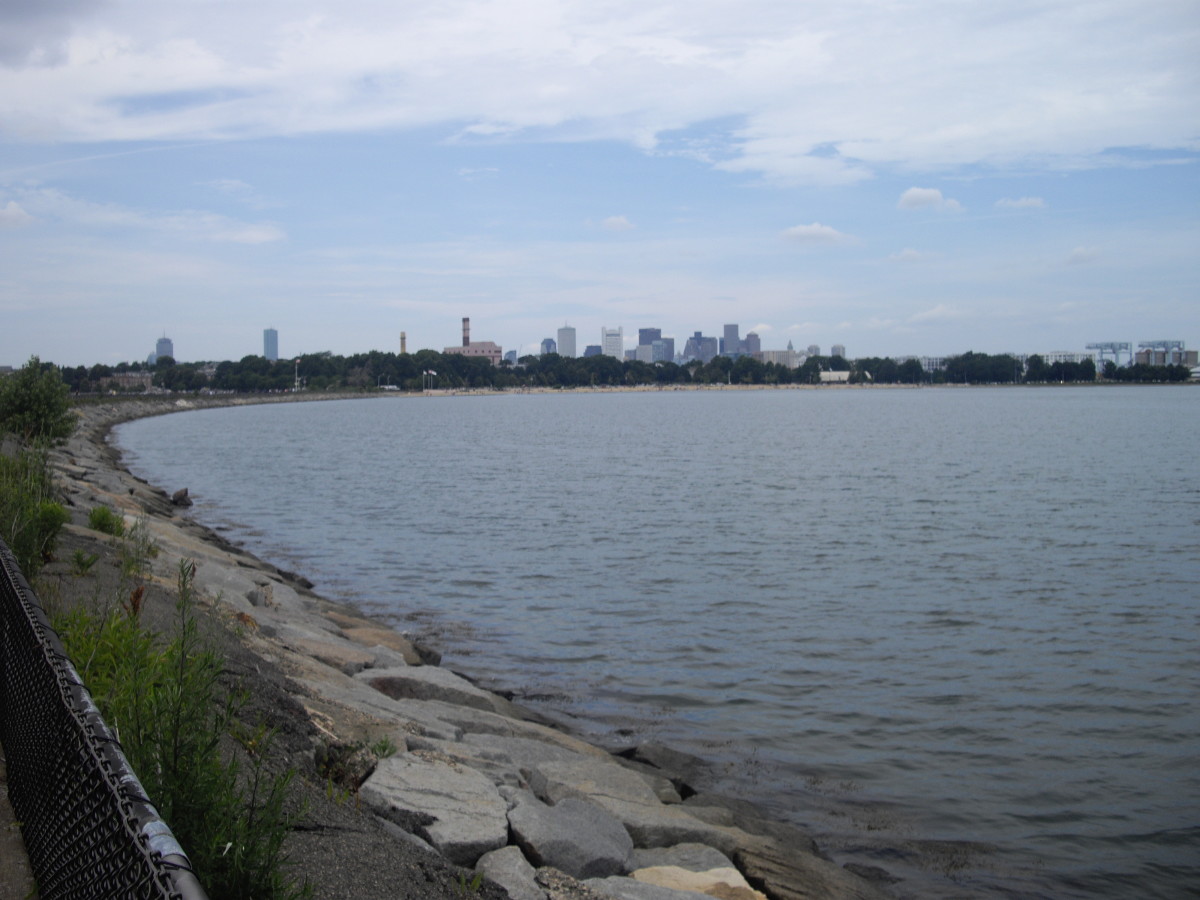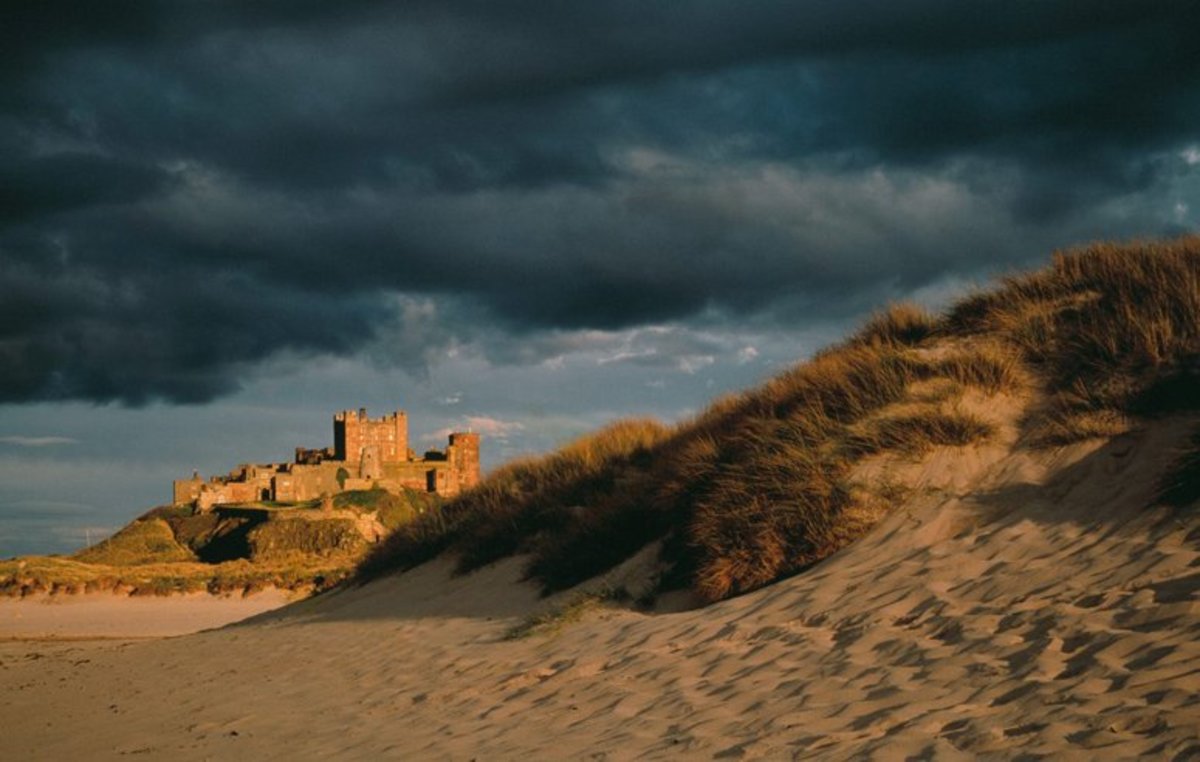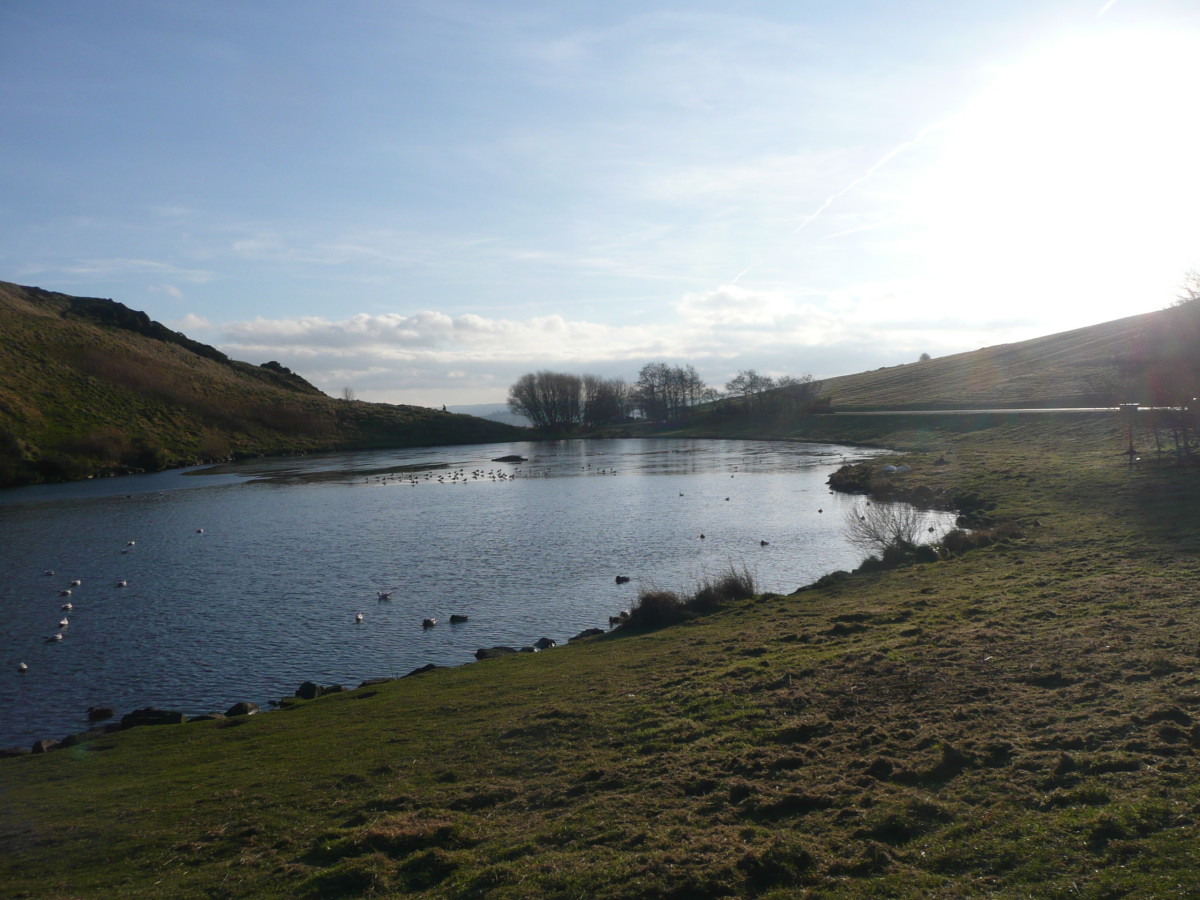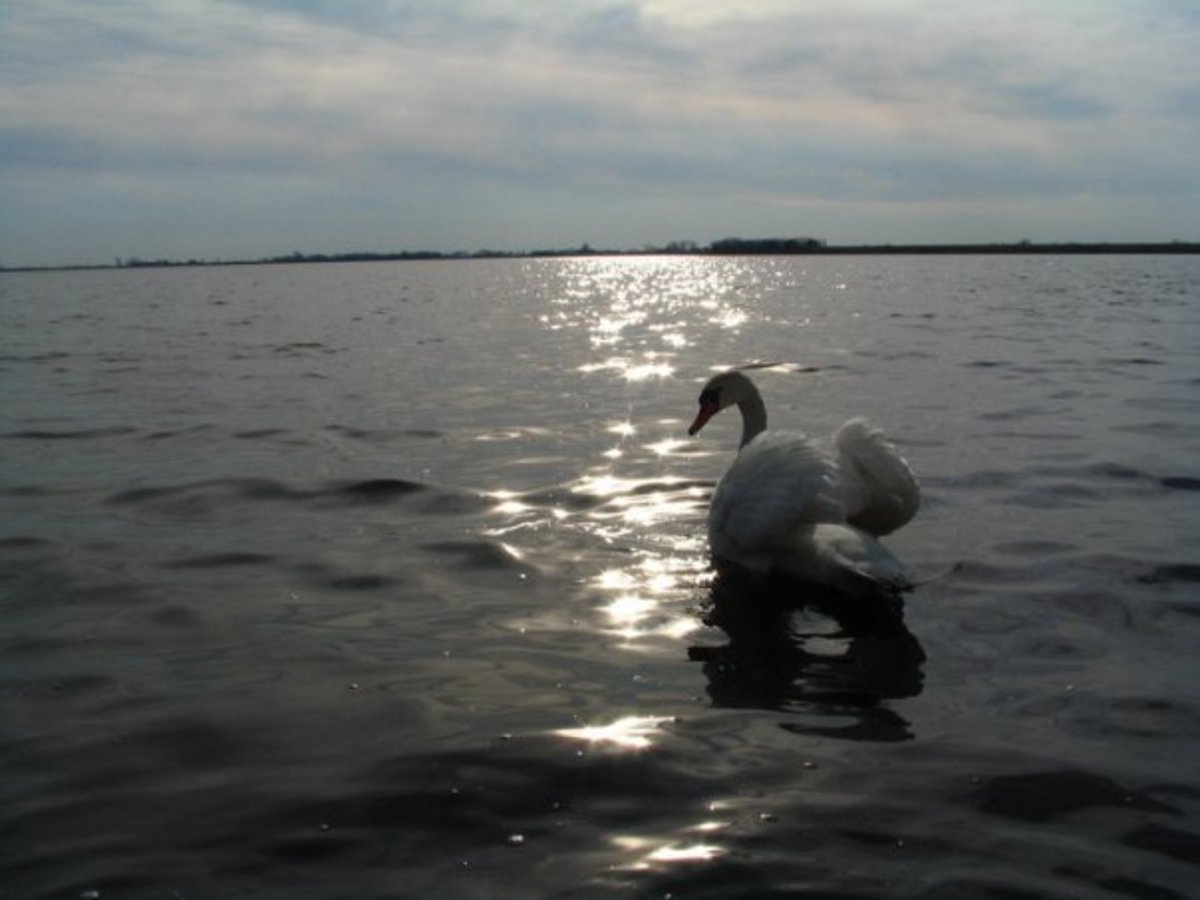Backpacking Locations: Lindisfarne Abbey - Holy Island - England
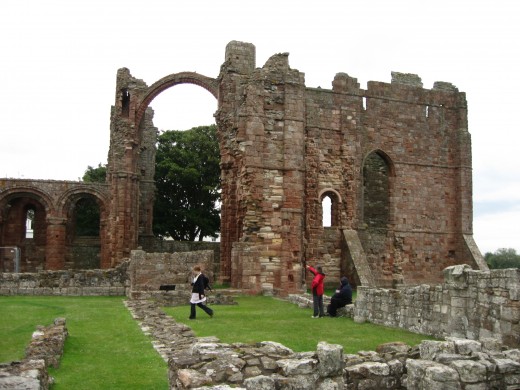
When I last traveled to England in the summer of 2010, on my first real hitchhiking adventure, one location I absolutely had to see was Lindisfarne Abbey, situated on Holy Island, in North East England. One of the most unique aspects about this island, is that the roadway leading to the small village in the interior, is only accessible via a causeway that is covered by tidal waters much of the time. I have never seen an under water road before, so that was just another interesting aspect of the journey.
My main motivation to visit this ancient location, however, was that this very island, and the very abbey I was to journey to, was where the first viking raids of 793 AD took place, ushering in a new era of fear for Christianity on the British Isles. Personally, I feel connected to my ancestry, half of which stems from Northern Scotland, and from further back, Scandinavia. Walking on the same ground that some of my ancestors possibly invaded hundreds of years ago, was much too exciting to pass up. Even if I had no relation, the vikings were just an immensely interesting people as it was.
The tidal causeway
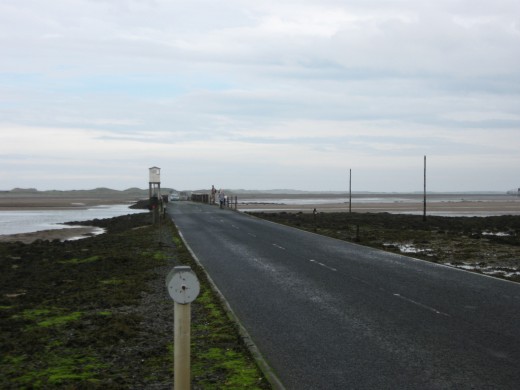

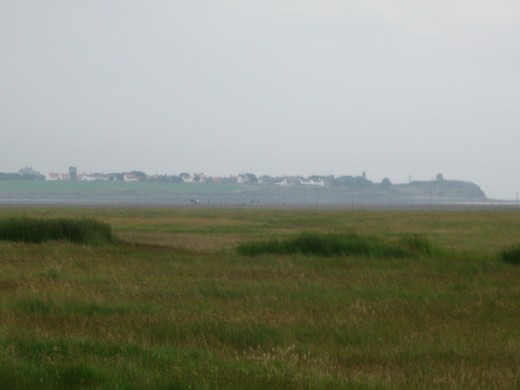
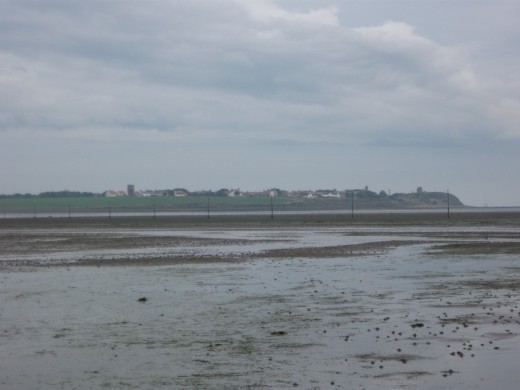
How to get there
For backpackers and hitchhikers, there is a bus from Berwick-Upon-Tweed that goes directly to the village on Holy Island, which is by far the best way to get there if you don't have a vehicle. You can also catch the bus where the Lindisfarne causeway meets the A1. The only thing foot travelers need to worry about, in this regard, is that buses aren't running frequently all week, but run on select days, which are then dictated by the tide, and when the causeway to the island is covered. Bus times, as well as tidal hours in general, are posted on this website:
http://www.lindisfarne.org.uk/general/hibus.htm
This should save many a lot of trouble. I only did basic preliminary research on this trip before I set out from Edinburgh for the day, so I made this trip on a day where the Lindisfarne bus wasn't running. Being a hitchhiker and backpacker, though, I decided to take the bus that runs from Berwick-Upon-Tweed, to the the town of Beal (The information for this bus is also on the site provided above). Beal sits on the exit from the main A1 highway, and is the beginning of the Lindisfarne Causeway. I figured if I couldn't hitchhike to the island, I could still walk it within a reasonable amount of time.
The walk up the Lindisfarne Causeway is enjoyable. The surrounding area is farmland, and the one ridge you must walk up gives you a commanding view of the area on your approach to the island, letting you glimpse the whole of the Causeway, as well as the distant structures on the island. It took me about an hour or so to reach the causeway itself, and another hour or two to reach the main village on the island. Rather than follow the road completely, however, I took off my boots and walked directly across the very expansive beach, at low tide (the map below is a good indicator on how big the beach is at low tide).
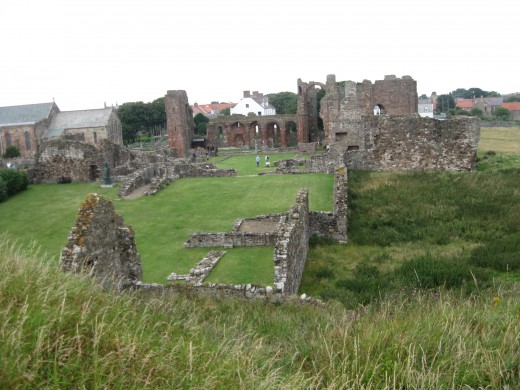
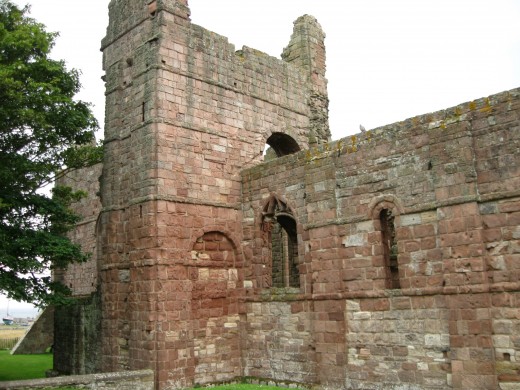
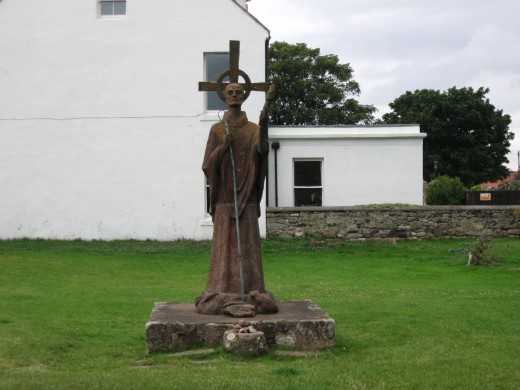
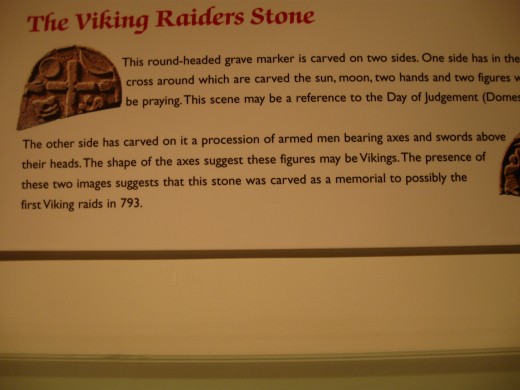

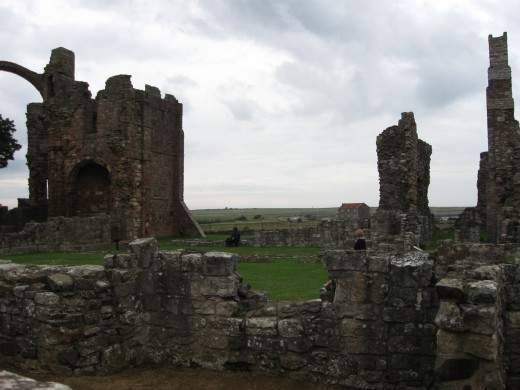
The village and the Abbey itself
The village does have some permanent residents, as opposed to a village of purely shops and tourist attractions. When I climbed up from the beach, after my walk, I ended up in someones backyard. This was preferable than climbing up to a cheap tourist restaurant; in fact most of the island keeps an air of originality about it, save for a few modest touristy shops. I didn't spend any time looking through the shops, however, as I was there to visit the ruins, and shops are just shops.
The abbey itself doesn't appear to be one of the main attractions, however. There is a small building nearby, with assorted artifacts, and useful information on the history of the abbey and island in general, but it was easy to tell that most tourists wanted to see the nearby castle, or look through the shops. Fortunately for me, this meant I basically had the entire ruin to myself.
The abbey is made completely out of a red stone. There is no roofing left, just the massive walls, pillars, and emptiness of a place worn away by time. I believe that after the abbeys' last destruction, many of the bricks were used to reinforce the nearby castle. Even one brick would have been enough for me - it's the history that matters. I was able to toast a beer to my viking ancestors without any complaint, and as a nearby storm rumbled in, I have to say it was purely an awesome experience.
I didn't have time to go to the castle, unfortunately I still had to get back to the highway, and reach my train within a couple of hours. Time limits are your worst enemy on adventures like this. I had seen what I came to see, however, and was more than satisfied.
Conclusion
Lindisfarne Abbey is a unique site on Englands North Eastern coastline. It is ground zero of the Viking age in the British Islands, and for reasons already stated, has a special place in my heart. For history lovers, photographers, wandering vagabonds, or someone who simply wants to see a tidal causeway, Lindisfarne is one of the more unforgettable locations.
For those wondering, I was able to hitchhike off the island within five minutes of sticking out my thumb. The amount of tourists that visit the island is enough to make it very easy.
